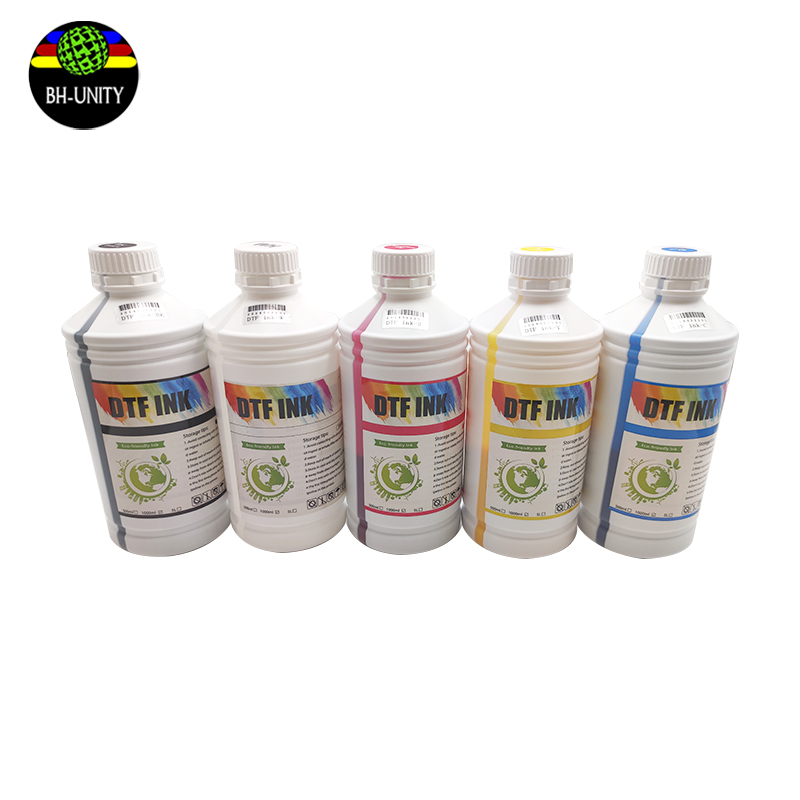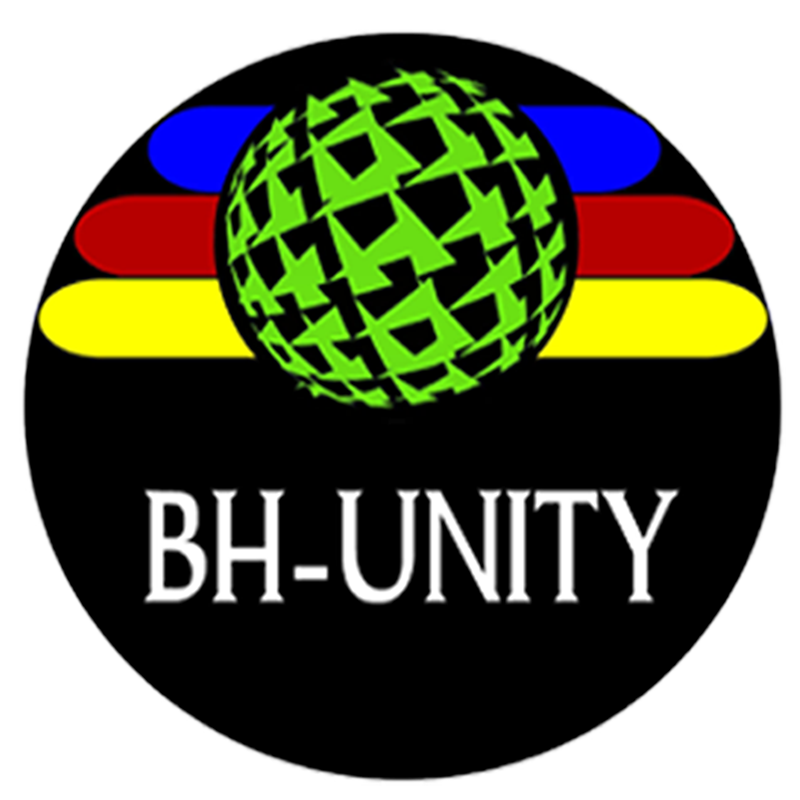Milieuvriendelijke DTF-inkt: voordelen, toepassingen en overwegingen
Environmentally Friendly DTF Ink: Advantages, Applications, and Considerations
In recent years, the textile printing industry has seen a significant shift towards more sustainable practices, driven by consumer demand and regulatory pressures. Direct to Film (DTF) printing, known for its versatility and efficiency, has embraced this trend with the introduction of environmentally friendly DTF inks. These inks offer several advantages over traditional options, making them a preferred choice for environmentally conscious businesses.

**Advantages:**
1. **Reduced Environmental Impact:** Environmentally friendly DTF inks are formulated to minimize harmful chemicals and volatile organic compounds (VOCs). They contribute less to air and water pollution during production and use, aligning with global sustainability goals.
2. **Energy Efficiency:** The manufacturing process of these inks often requires less energy compared to conventional counterparts. This efficiency not only reduces operational costs but also lowers carbon emissions associated with production.
3. **Enhanced Safety:** Unlike some traditional inks that contain hazardous substances, such as heavy metals and phthalates, eco-friendly DTF inks prioritize safety for both workers and end-users. They comply with stringent safety standards without compromising on performance.
4. **Versatility and Quality:** These inks maintain high-quality print results on various textiles, including cotton, polyester, and blends. They offer vibrant colors, excellent adhesion, and durability, meeting the demands of diverse applications in fashion, sportswear, promotional items, and more.
**Applications:**
1. **Fashion and Apparel:** Eco-friendly DTF inks are ideal for creating intricate designs and vibrant prints on garments. They cater to the growing market for sustainable fashion by providing a cleaner alternative to traditional printing methods.
2. **Promotional Products:** From customized bags to accessories, eco-friendly DTF inks enable businesses to produce personalized items with minimal environmental impact. This versatility appeals to brands seeking eco-conscious promotional strategies.
3. **Sportswear and Performance Fabrics:** The durability and flexibility of these inks make them suitable for sportswear applications. They withstand frequent washing and stretching, maintaining color integrity and comfort over time.
**Considerations:**
1. **Compatibility:** Ensure that eco-friendly DTF inks are compatible with your specific printing equipment and substrates. Conducting compatibility tests can prevent issues such as poor adhesion or color inconsistency.
2. **Curing Requirements:** Proper curing is essential to achieve optimal wash-fastness and durability. Follow manufacturer guidelines regarding temperature, time, and pressure during the curing process to maximize ink performance.
3. **Regulatory Compliance:** Stay informed about local and international regulations concerning chemical use in printing inks. Eco-friendly DTF inks should comply with relevant standards to ensure safety and environmental responsibility.
In conclusion, the adoption of environmentally friendly DTF inks represents a significant step towards sustainable textile printing practices. Their advantages in reducing environmental impact, maintaining quality, and expanding application possibilities make them a strategic choice for businesses aiming to align with eco-conscious consumer preferences and regulatory requirements. As the industry continues to evolve, these inks are poised to play a pivotal role in shaping a more sustainable future for textile printing.
